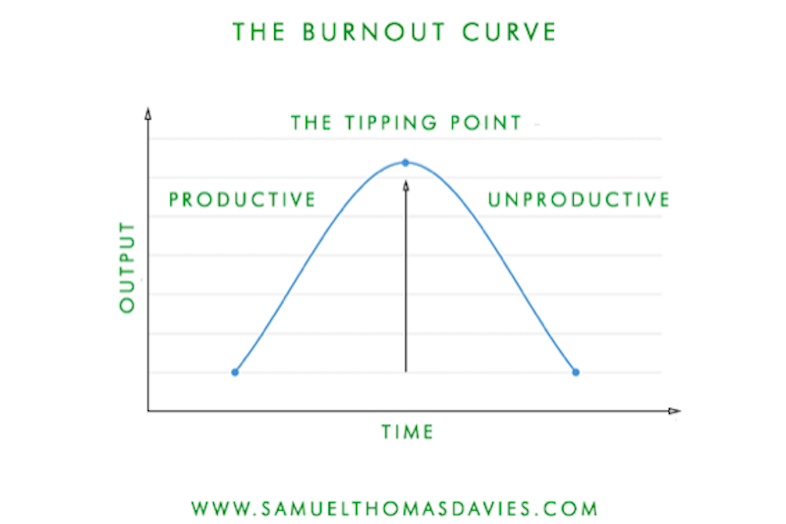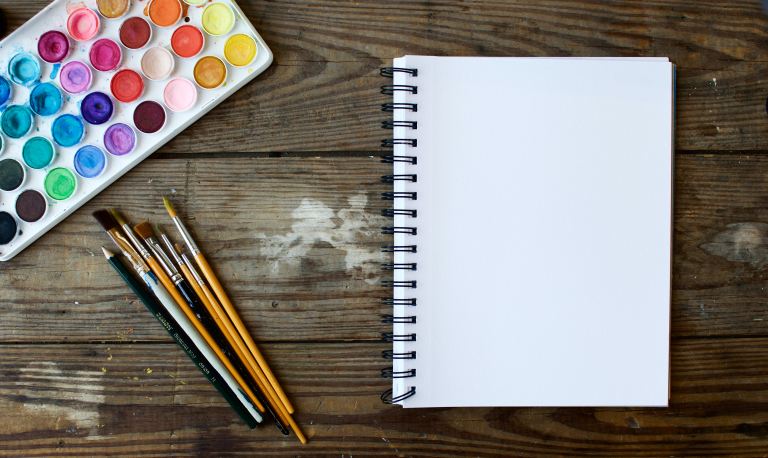The Power Of Disengagement: How To Prevent Burnout And Renew Your Creative Energy
But there is a danger to pursuing your passion and one that is seldom spoken of: the risk of burnout.


Henri de Toulouse-Lautrec, a French painter, draughtsman and illustrator, suffered for his art.
He did his best creative work at night, “Sketching at cabarets or setting up his easel in brothels”. [1]
But his binge drinking, lewd behaviour and sleep deprivation took its toll on his health and cost him dearly.
He once commented to an acquaintance: “I expect to burn myself out by the time I’m forty”. He was close: in realty, he made it to thirty six – four years shy of his ‘prediction’.
Pursue Your Passion – But At A Cost
You are probably not a French artist (don’t worry, few are), but you probably do have a passion; an artistic, entrepreneurial or philanthropic pursuit, that motivates you to move towards its attainment.
Perhaps your passion is your work. You are paid to do what you love full-time and in doing so, you are constantly and never-endingly improving in it; honing your skills and moving closer and closer towards mastery.
It is also common to be close, but not quite there yet; you’re earning money or able to do it part-time, but you are not quite ready to take the leap of quitting your nine-to-five and doing it full-time. Sometimes, if you are responsible for a family, it is not as simple as: ‘Just Do It!’
Or maybe you do not have a passion, but you are searching for one because you feel if you had one, then you would be happy.
But there is a danger to pursuing your passion and one that is seldom spoken of: the risk of burnout.
Preventing Burnout – The Burnout Curve
In his book, So Good They Can’t Ignore You: Why Skills Trump Passion in the Quest for Work You Love, Cal Newport argues:
The conventional wisdom on career success – follow your passion – is seriously flawed. It not only fails to describe how most people actually end up with compelling careers, but for many people it can actually make things worse: leading to chronic job shifting and unrelenting angst. [2]
Artists like Henri de Toulouse-Lautrec burn out, not because they have an obligation to work hard – or do so under self-imposed debauchery of sex, drugs and alcohol – but because they love what they do.
This does not only apply to art, but to entrepreneurship, philanthropy and everything else in-between. Pursuing your passion can be dangerous, because the more you love your passion, the more unrelenting you can be in your pursuit and that, is when burnout is most likely to occur.
See Figure 1.0.

Figure 1.0. [3]
As you can see, as time progresses, your output increases and with it, comes a Tipping Point: a point where either you decrease your output – and continue to be productive – or you burnout.
In order to prevent burnout, it is important to recuperate, be it emotionally, mentally, physically and spiritually.
Jim Loehr and Tony Schwartz, authors of The Power of Full Engagement: Managing Energy, Not Time, Is the Key to High Performance and Personal Renewal, explain:
When we expend energy, we draw down our reservoir. When we recover energy, we fill it back up. Too much energy expenditure without sufficient recovery eventually leads to burnout and breakdown. [4]
Life Is a Sprint – Not a Marathon
Athletes spend 90 percent of their lives training and 10 percent of their lives performing. The reason? Athletes see life as a sprint – not a marathon.
Loehr and Schwartz continue:
We, too, [like athletes] must learn to live our own lives as a series of sprints – fully engaging for periods of time, and then fully disengaging and seeking renewal before jumping back into the fray.
If you are an artist, it is not easy to put down the paint brush to eat or sleep, especially when you encounter a creative block, but doing so and asking yourself smaller questions – like, “what am I choosing to not see right now?” – can help you overcome inner creative battles.
If you are an entrepreneur, it is hard to leave work at five o’clock and accept the label of ‘Workaholic’, but taking a mini-retirement and re-strategising what is working, what is not and what can be improved on, can help you achieve more when your return.
If you are a writer, sympathising with your inner ‘tortured artist’ won’t unlock your creativity, but having constraints – say, only writing for one hour a day – can actually help optimise your output, and without burning you out.
Remember; it is important to do things you can sustain.
A Final Word
Regular readers will know I am an advocate of consistency, hard work and outcome independence. I have written an article every Monday and Thursday for six months and now, I need to disengage to renew my own creative energy and prevent my own burnout.
I will not be posting any articles in December, but I will be back on January 1st. Doing so, will help me play catch-up with my reading and continue improving my craft as a writing.
I love writing for you and I cannot wait to return in January to share with you many new research-based strategies that will help improve your life.
In the meantime, you may enjoy browsing my Archives or reading my new book: A Tiny, Powerful Idea: And 18 Other Lessons in Setting Goals, Mastering Habit and Transforming Your Life.
To American readers, happy Thanksgiving!
And to everyone else, thank you again, I’ll speak to you soon. ![]()
Sources:
[1] Currey, M. (2013) Daily Rituals: How Artists Work, New York: Knopf.
[2] Newport, C. (2012) So Good They Can’t Ignore You: Why Skills Trump Passion in the Quest for Work You Love, Dublin: Business Plus.
[3] Graphic inspired by The Leader Factor: Coaching Culture Change.
[4] Loehr, J., Schwartz, T. (2005) The Power of Full Engagement: Managing Energy, Not Time, Is the Key to High Performance and Personal Renewal, New York: Simon & Schuster.




